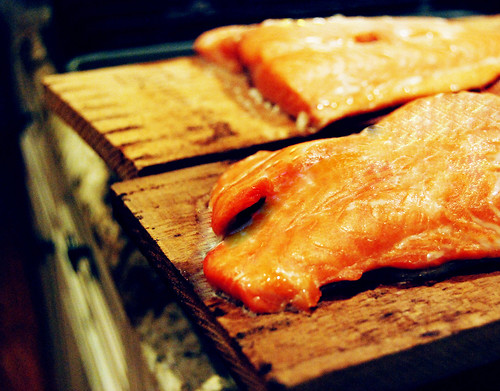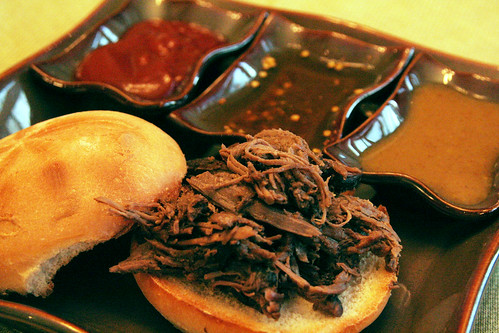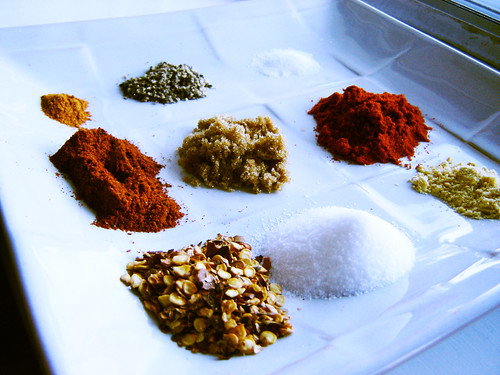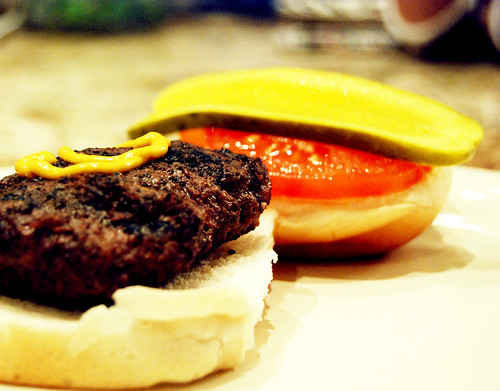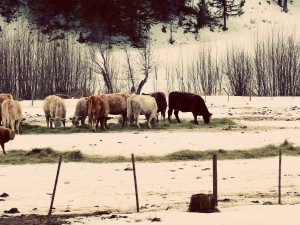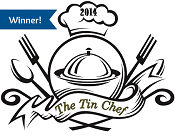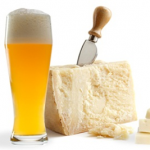Whisky Smoked Salmon
This recipe is one I haven’t made for a really long time. When someone asked me to come up with something special for some fresh salmon they’d bought, I cracked open the archives and grabbed this classic.
The fish is salty after soaking in brine and smokey from the cedar planks, with great texture and subtle undertones from both the honey and whisky. It goes great with some asparagus and Hollandaise sauce.
By the by, as good as this was hot off the grill, I think it was even beter cold for breakfast the next day on crackers.
The “floating potato” trick is a really cool one if you’ve never brined anything before. You put a small potato in water and add salt until the potato floats. Voila!
Note: the smoking process below is known as Hot Smoking – the fish is both smoked and slow cooked with low heat. The end product is a flaky, buttery soft piece of fish. Other smoked salmon you may be more familiar with (aka Lox) is Cold Smoked and thus the raw texture of it. The two are quite different.
******************************************
Whisky Smoked Salmon
Serves: 6
Ingredients:
2 cedar grilling planks
6 four ounce salmon fillets, skin removed
4 cups chilled water
salt
1 small potato
1/4 cup liquid honey
1/4 cup single malt Islay whisky
Preparation:
- Soak cedar planks in tap water for at least 1 hour.
- To make brine, pour 4 cups of water into a non-reactive bowl. Add a small potato about the size of a golf ball to the water. It will sink to the bottom. Now begin pouring salt into the water, mixing gently, until the potato bobs to the surface of the water. Discard potato.
- Place salmon fillets in brine and allow to soak in a cool place for 1 hour. Remove salmon fillets from brine solution and pat dry. Set aside.
- Preheat grill on Medium-Low heat to a temperature of 350 to 425 degrees F. Try and maintain this temperature the whole time. Add soaked planks to grill, close cover, heat 3 minutes and flip plank. Once a light smoke develops you are good to go.
- In a measuring cup, blend together honey and whisky. Gently brush fillets with blended honey and whisky mixture. Place salmon on the plank and close grill cover.
- Smoke fish until it has a bronzed & shiny exterior and a firm buttery interior, about 15 minutes (no flipping neccessary).
- When serving, top fillets with a small drizzle of whisky. For a unique presentation, serve straight from the plank.
Filed under: Method, Recipe on February 18th, 2010 | 2 Comments »
